Give the IUPAC names of the following compound Hg[Co(SCN)4]
To determine the IUPAC name of the compound Hg(Co(SCN)₄), we can follow these steps:
Step 1: Identify the components of the compound
The compound consists of mercury (Hg) and a coordination complex (Co(SCN)₄). The coordination complex contains cobalt (Co) and four thiocyanate ligands (SCN).
Step 2: Determine the oxidation state of cobalt
Let the oxidation state of cobalt be \( x \). Each thiocyanate ligand (SCN) has a charge of -1. Since there are four thiocyanate ligands, their total contribution to the charge is -4. The overall charge of the coordination complex is -1. Therefore, we can set up the equation:
\( x + (-4) = -1 \)
Solving for \( x \):
\( x - 4 = -1 \)
\( x = +3 \)
Thus, cobalt is in the +3 oxidation state.
Step 3: Naming the ligands
The ligand thiocyanate (SCN) is named as "thiocyanato" in the IUPAC nomenclature. Since there are four thiocyanate ligands, we use the prefix "tetra-" to indicate the number of ligands.
Step 4: Naming the central metal
Since the overall charge of the coordination complex is negative (-1), we will use the suffix "ate" for the central metal cobalt. Therefore, cobalt in this case will be named "cobaltate".
Step 5: Naming the entire compound
Now we can combine all the parts to form the complete name of the compound. The name will start with the name of the metal mercury, followed by the name of the coordination complex:
- Mercury (Hg)
- Tetra thiocyanato (for the four SCN ligands)
- Cobaltate (for the cobalt in +3 oxidation state)
Putting it all together, the IUPAC name of the compound Hg(Co(SCN)₄) is:
Mercury(I) tetra thiocyanatocobaltate(III)
Summary of the IUPAC Name
- Mercury(I): Indicates the oxidation state of mercury.
- Tetra thiocyanatocobaltate(III): Indicates the coordination complex with cobalt in +3 oxidation state and four thiocyanate ligands.
The compound consists of mercury (Hg) and a coordination complex (Co(SCN)₄). The coordination complex contains cobalt (Co) and four thiocyanate ligands (SCN).
Let the oxidation state of cobalt be \( x \). Each thiocyanate ligand (SCN) has a charge of -1. Since there are four thiocyanate ligands, their total contribution to the charge is -4. The overall charge of the coordination complex is -1. Therefore, we can set up the equation:
\( x = +3 \)
The ligand thiocyanate (SCN) is named as "thiocyanato" in the IUPAC nomenclature. Since there are four thiocyanate ligands, we use the prefix "tetra-" to indicate the number of ligands.
Since the overall charge of the coordination complex is negative (-1), we will use the suffix "ate" for the central metal cobalt. Therefore, cobalt in this case will be named "cobaltate".
Now we can combine all the parts to form the complete name of the compound. The name will start with the name of the metal mercury, followed by the name of the coordination complex:
- Tetra thiocyanato (for the four SCN ligands)
- Cobaltate (for the cobalt in +3 oxidation state)
- Mercury(I): Indicates the oxidation state of mercury.
- Tetra thiocyanatocobaltate(III): Indicates the coordination complex with cobalt in +3 oxidation state and four thiocyanate ligands.
Topper's Solved these Questions
- COORDINATION COMPOUNDS Book:ICSEChapter:COORDINATION COMPOUNDS Exercise:EXERCISE (PART - I OBJECTIVE QUESTIONS)
Explore 22 Videos
- COORDINATION COMPOUNDS Book:ICSEChapter:COORDINATION COMPOUNDS Exercise:EXERCISE (PART - I OBJECTIVE QUESTIONS) (Multiple Choice Questions)
Explore 30 Videos
- COORDINATION COMPOUNDS Book:ICSEChapter:COORDINATION COMPOUNDS Exercise:ISC EXAMINATION QUESTION (PART- II DESCRIPTIVE QUESTIONS)
Explore 39 Videos
- CHEMISTRY-2020 Book:ICSEChapter:CHEMISTRY-2020 Exercise:Question (Answer the following question)
Explore 4 Videos
- d- AND- f- BLOCK ELEMENTSBook:ICSEChapter:d- AND- f- BLOCK ELEMENTSExercise:ISC EXAMINATION QUESTIONS (PART-II)(DESCRIPTIVE QUESTIONS)
Explore 15 Videos
Similar Questions
Give the IUPAC name of the following compound:

View SolutionGive the IUPAC name of the following compound :

View SolutionGive the IUPAC name of the following compound.
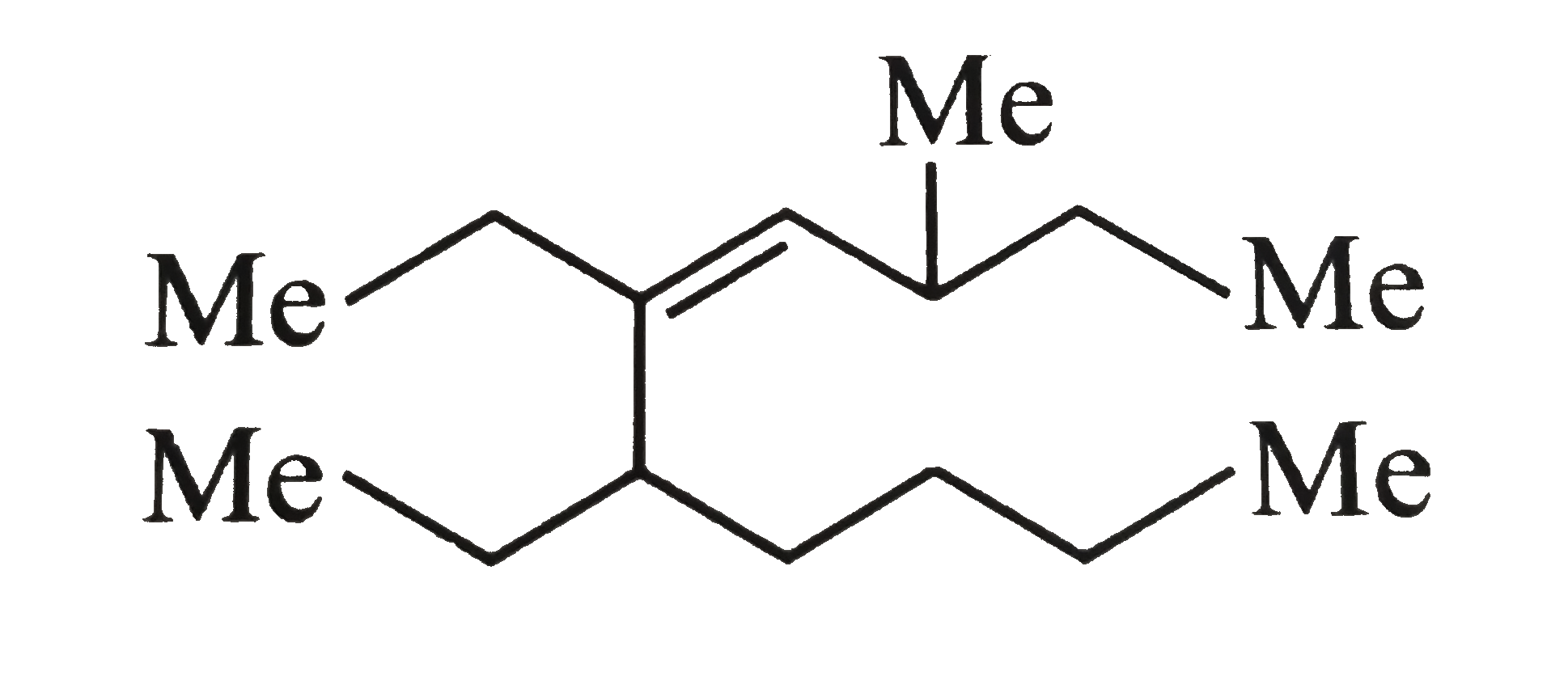
View SolutionGive the IUPAC name of the following compounds
View SolutionGive the IUPAC name of the following compound.
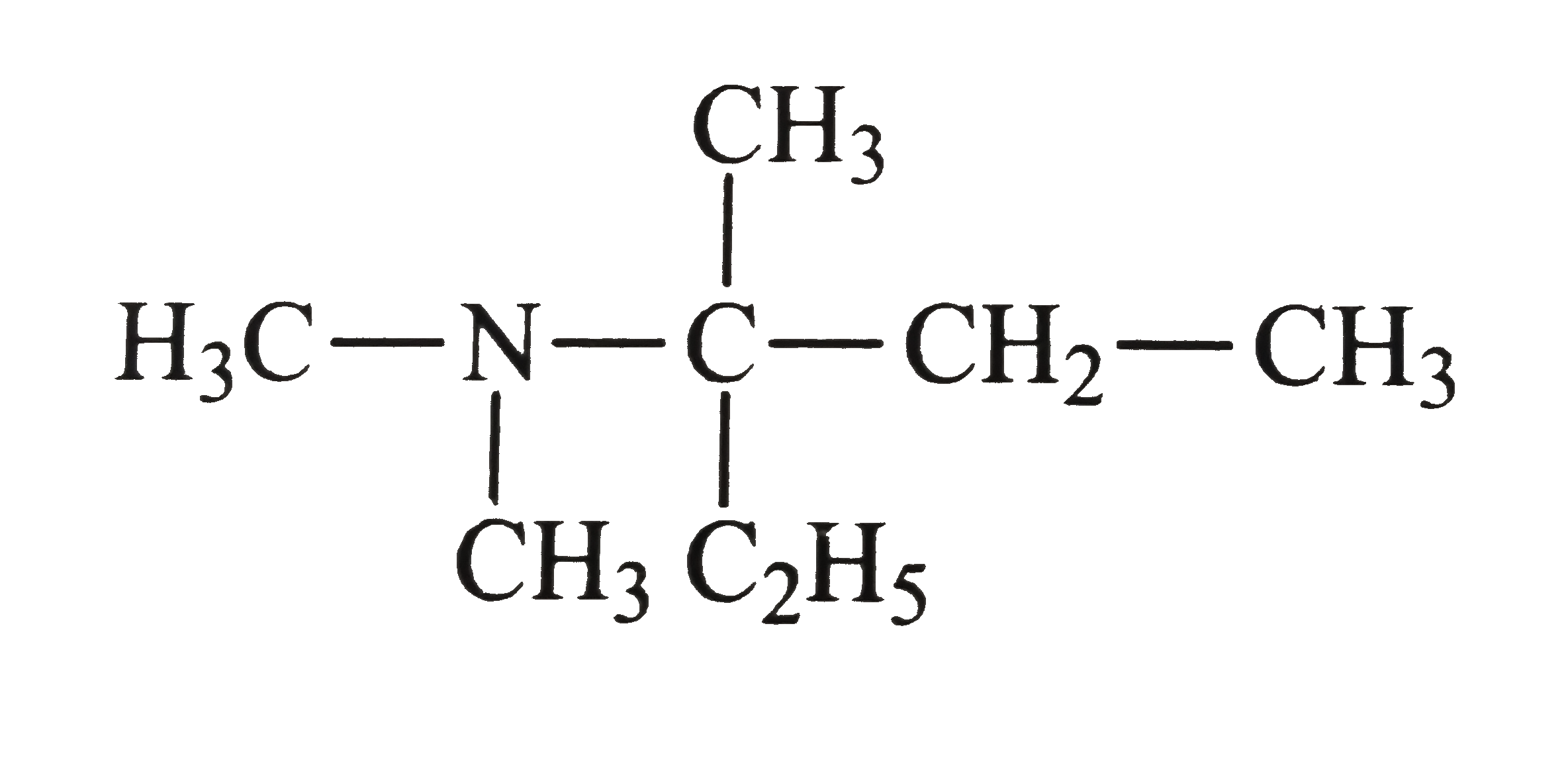
View SolutionThe IUPAC name of the following compound
View SolutionThe IUPAC name of the following compound
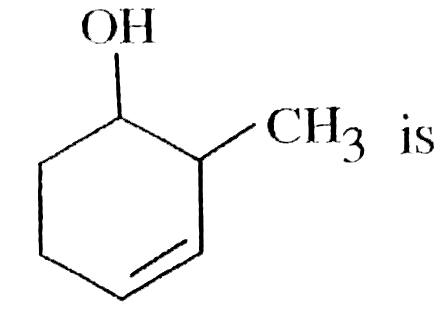
View SolutionGive the IUPAC names of the following compounds :

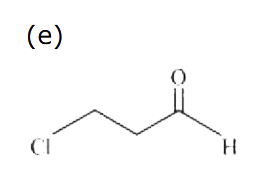
View SolutionGive the IUPAC names of the following compounds :

View SolutionGive the IUPAC names of the following compounds :
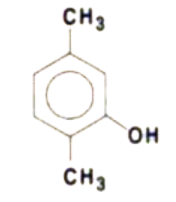
View Solution